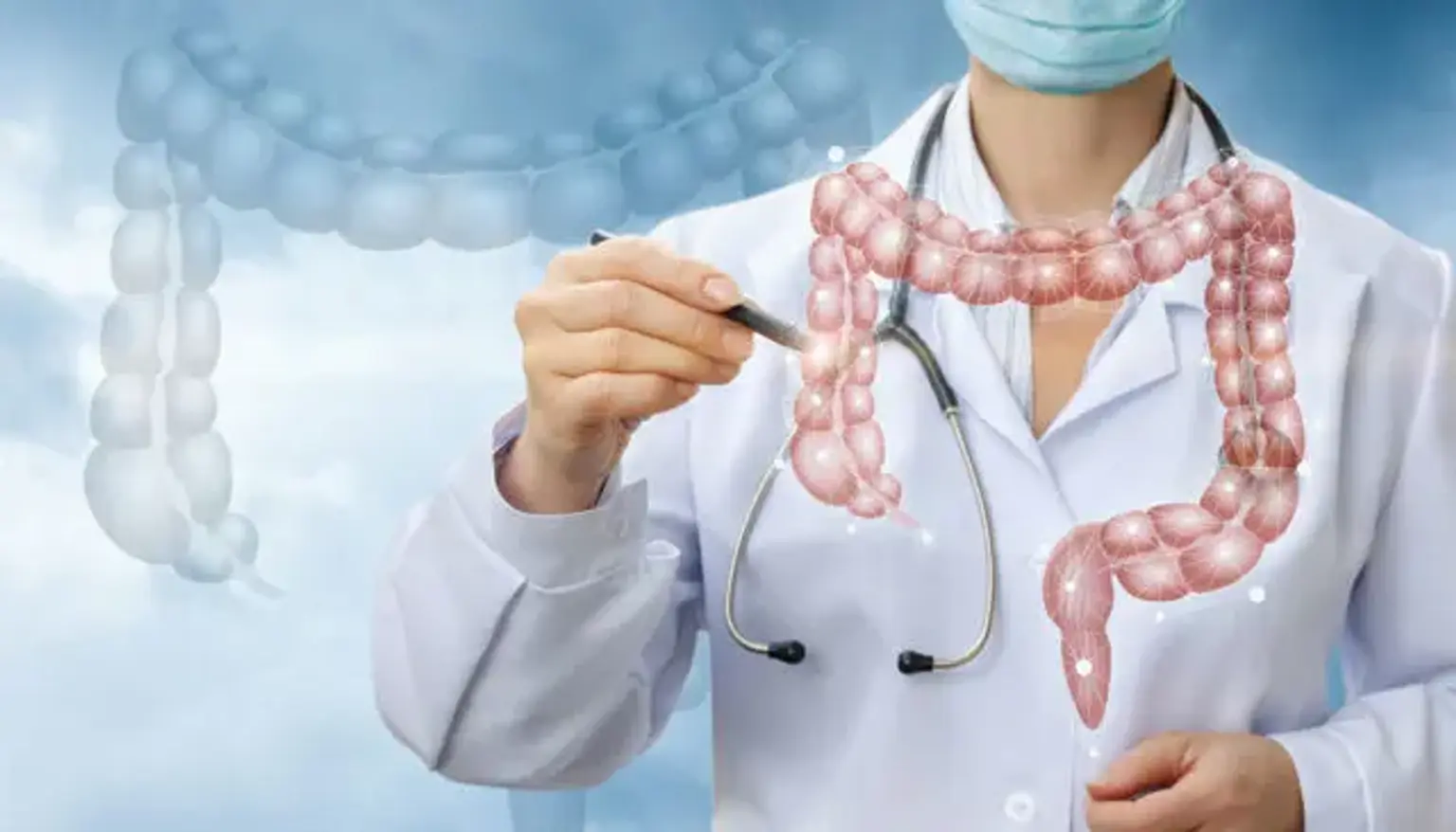Introduction
Diverticulitis is a common yet often misunderstood condition that affects the digestive system, particularly the colon. As part of a broader spectrum of diverticular diseases, diverticulitis can cause significant discomfort and lead to severe complications if left untreated. Its counterpart, diverticulosis, involves the formation of small pouches (diverticula) in the colon lining, which may become inflamed or infected, leading to diverticulitis.
Understanding this condition is vital for maintaining digestive health and preventing complications. Globally, diverticulitis is becoming increasingly prevalent, and its diagnosis and management are equally critical in Korea, where advanced medical technology and healthcare expertise have positioned the country as a leader in addressing gastrointestinal diseases. This article provides an in-depth explanation of diverticulitis, covering its symptoms, causes, and treatment options to empower readers with essential knowledge.
Understanding Diverticulitis and Diverticulosis
What is Diverticulitis?
Diverticulitis is a medical condition resulting from the inflammation or infection of diverticula, small, bulging pouches that form along the walls of the colon. These pouches are common in people over the age of 40 and are often a natural consequence of aging. The presence of these pouches without symptoms is referred to as diverticulosis, a condition that usually does not cause discomfort or require treatment. However, when food particles or fecal matter become lodged in these pouches, they can lead to bacterial growth, resulting in inflammation or infection, a condition known as diverticulitis.
While diverticulosis is generally benign, diverticulitis can range from mild irritation to severe complications, including perforations in the colon wall or abscess formation. It is part of a broader spectrum known as diverticular disease, which affects millions of people worldwide. According to studies, older adults and individuals with poor dietary habits or sedentary lifestyles are at a higher risk of developing diverticulitis.
Symptoms of Diverticulitis
The symptoms of diverticulitis depend on the severity of the inflammation or infection. In acute cases, the condition presents with sudden and severe symptoms, while milder forms may go unnoticed or mimic other gastrointestinal issues.
